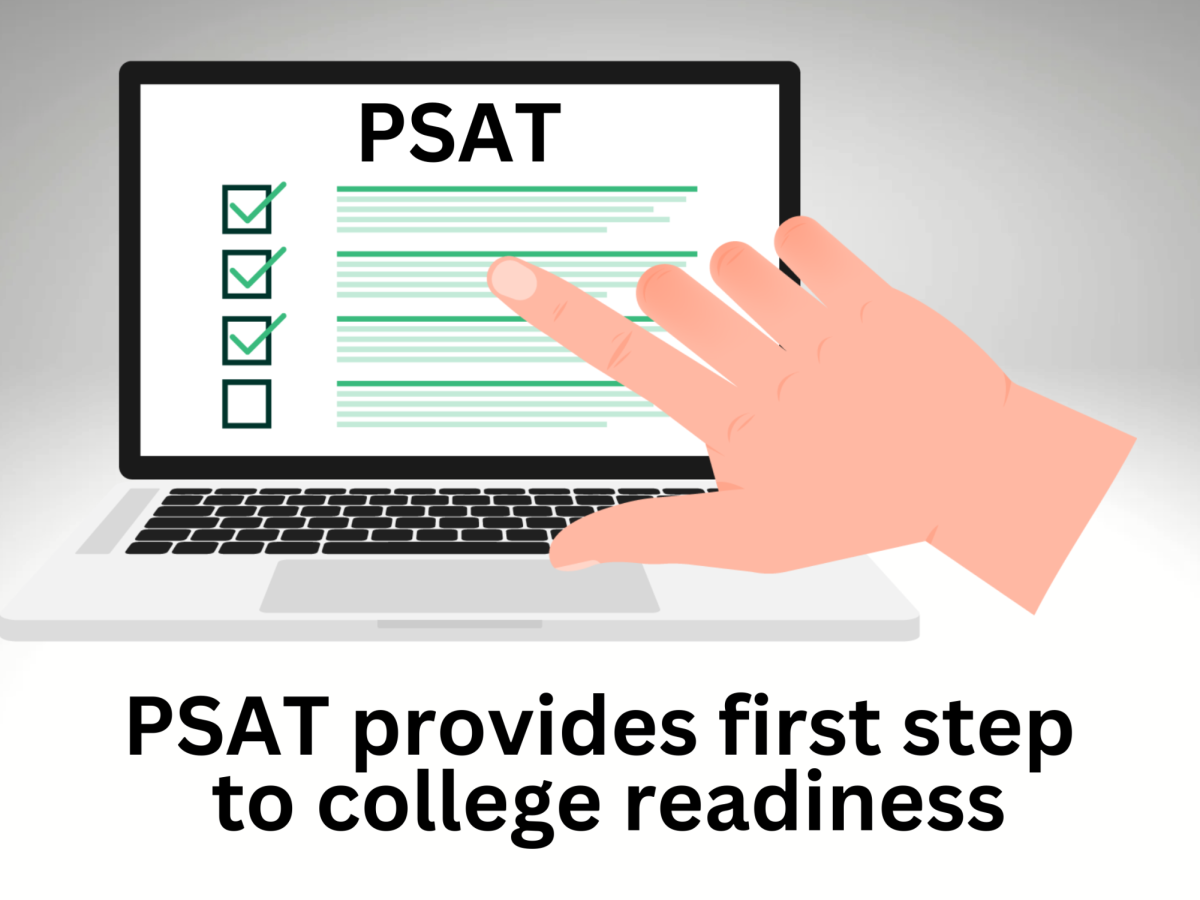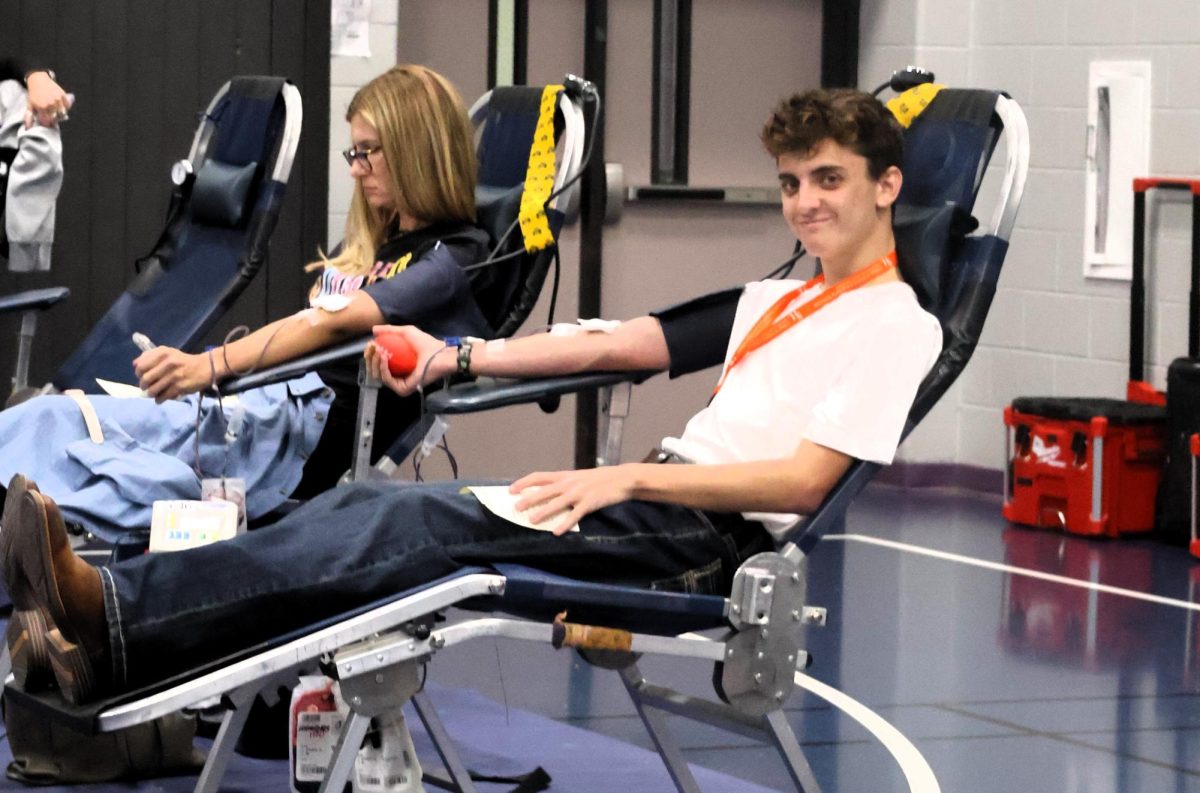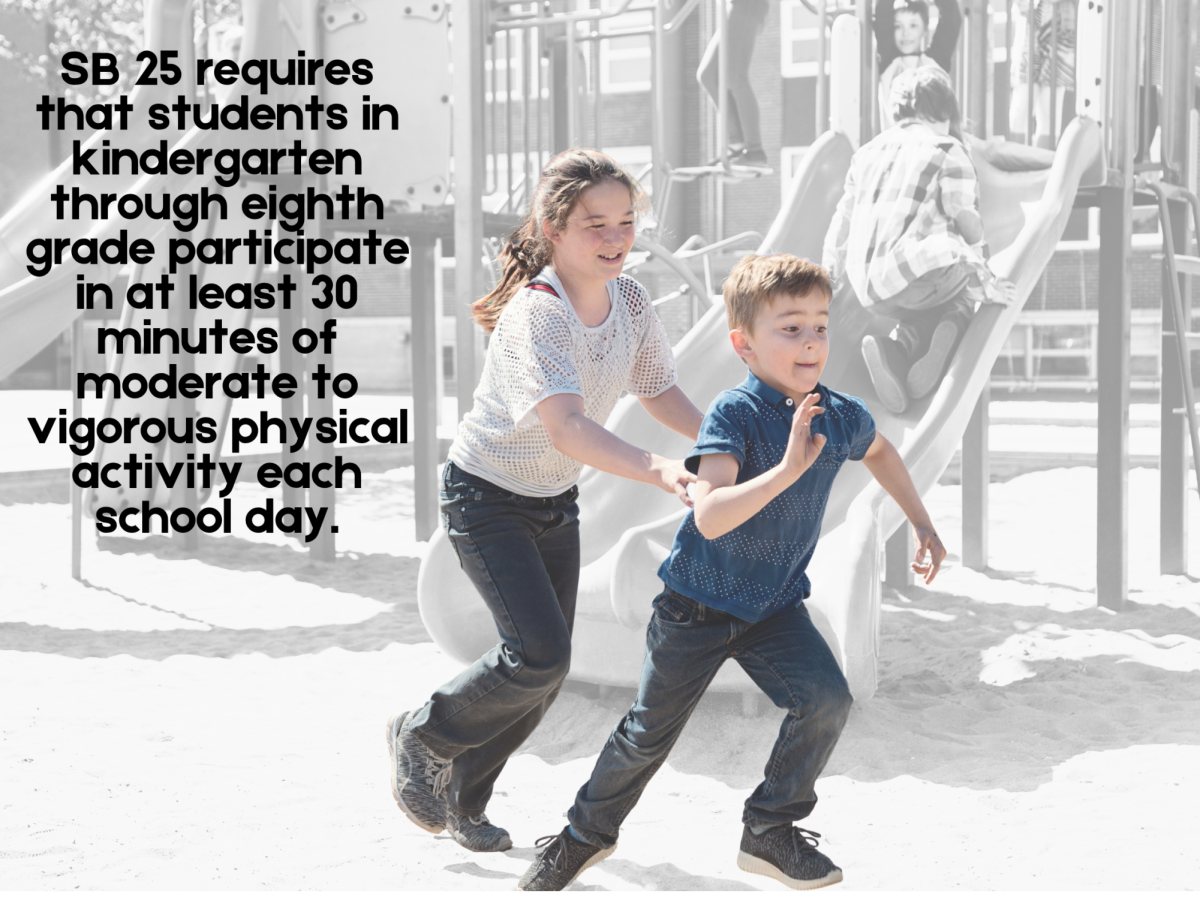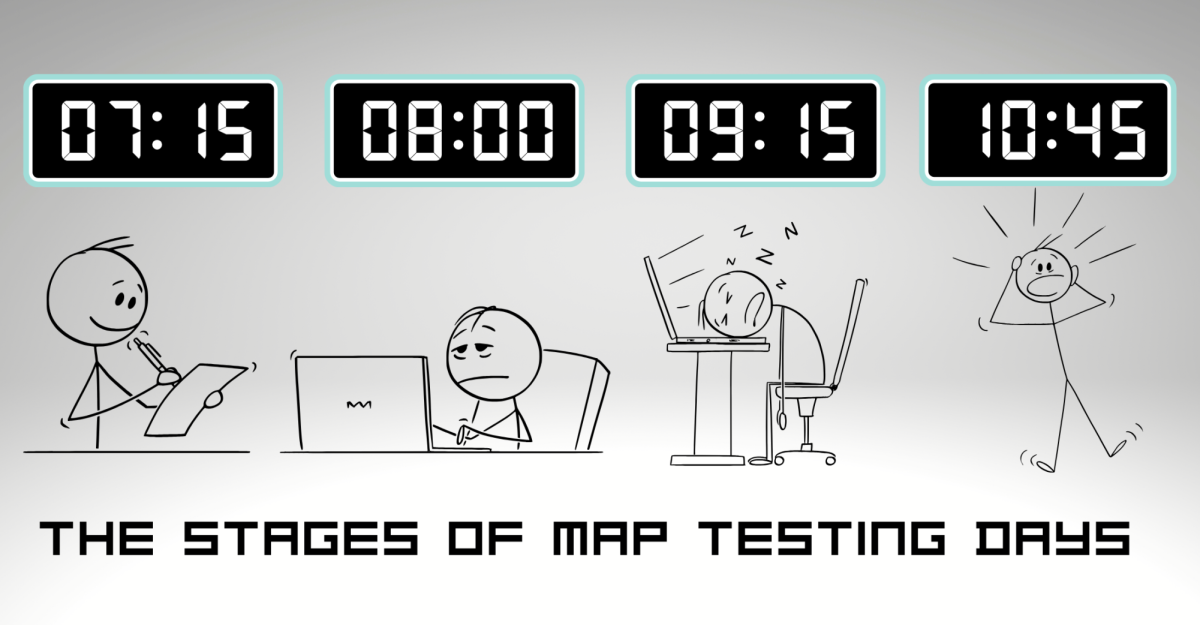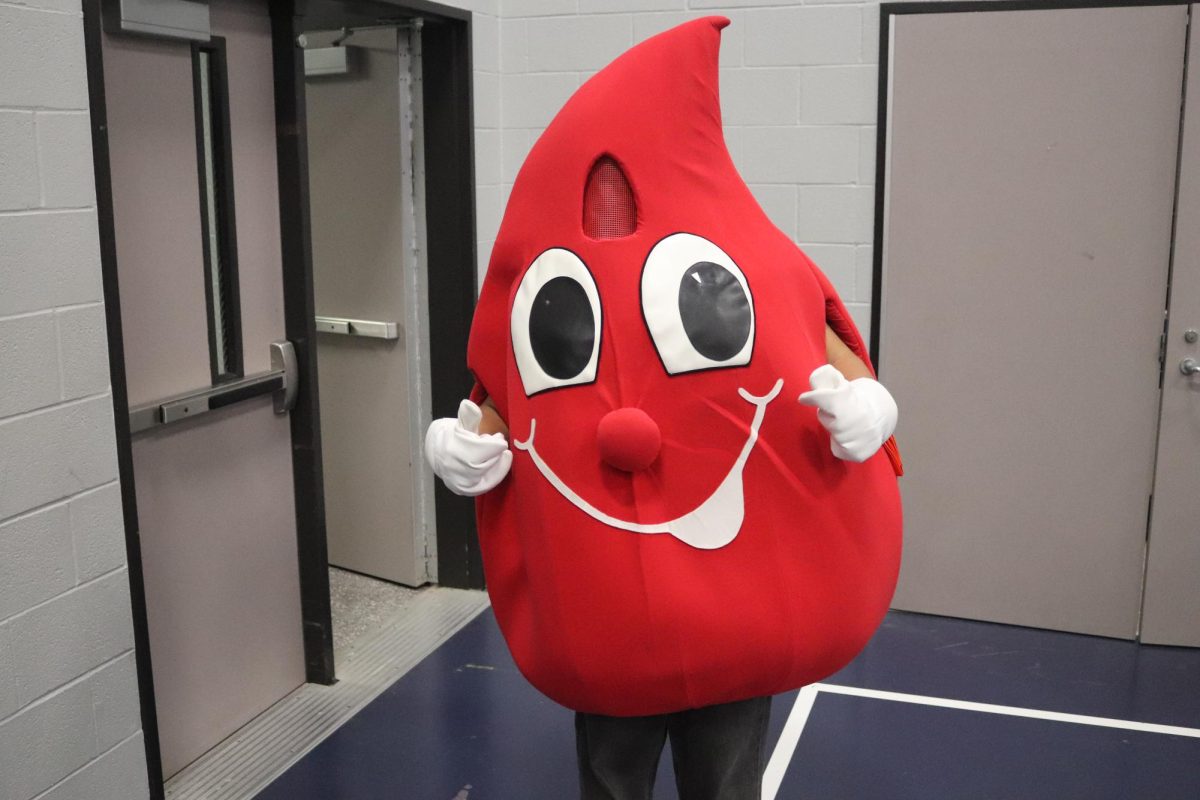The PSAT is among the major standardized tests taken in high school, especially among junior students, due to the fact that it precedes the SAT, which is now widely used in colleges and universities today as one of the bases for admission.
It is designed as a practice for the SAT, provides an assessment of readiness to take the test, and is one way to possibly qualify for the National Merit Scholarship Program.
Why should high school juniors be spending so much on this test?
Initially administered in 1959, the PSAT was to give students an avenue to practice and become familiar with the SAT. The PSAT has undergone changes over the years from mere practice to almost mirroring both the format and content of the SAT. This is intended to be a helpful tool in getting familiar with question types and test-taking strategies one needs when taking the SAT.
Take the PSAT to discover strengths and weaknesses, to target areas of improvement, and seriously begin to study to improve scores to be taken later on the SAT.
The National Merit Program
Another great thing accompanying the PSAT, among others, is that it’s meant for qualification into the National Merit Scholarship Program.
This prestigious program grants recognition, even scholarship grants, every year to those high-achieving students who get to score within the top percentiles in the PSAT. Achieving great scores on the PSAT can show students’ academic capabilities for further opportunities to gain scholarships toward college funding. It serves students by benchmarking their performance compared to their peers, setting academic goals, and monitoring progress over time through PSAT taking. In turn, the PSAT then provides feedback on areas where students may need additional support and points them toward resources and strategies that could help improve college readiness and subsequent success.
Plan for success
The test is over, but the benefits are just starting. Juniors need to take their PSAT scores pretty seriously to gain advantages of this practice and prepare well for the SAT. Setting goals, establishing a study schedule, and being disciplined in preparation will see juniors perform well at the PSAT or, eventually, the SAT. When available, the SAT results can help students prepare for future assessments.


